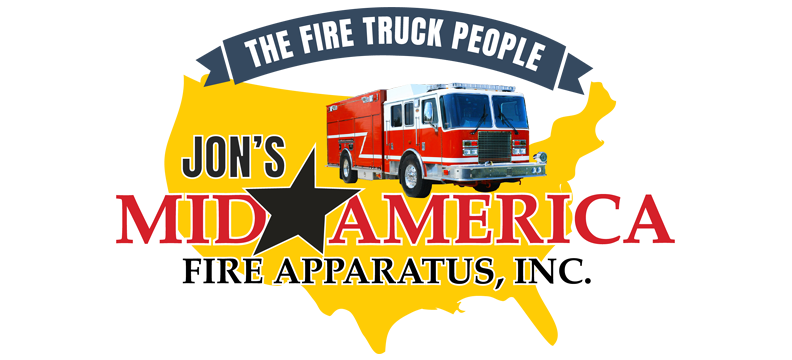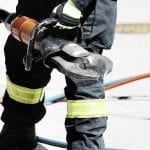Every year, millions of Americans get into car accidents. These can range from minor fender benders to deadly disasters. First responders to these scenes must be prepared to help save any survivors and get them out of any automobiles if they are trapped.
Extrication tools are vital to ensuring that you are getting crash victims out of vehicles in a timely manner so they can seek medical treatment. Extrication tools can be found on all kinds of apparatus and you have likely spent hours training to use these tools. However, simply having the tool and knowing how to use it isn’t enough. Keeping up with the proper maintenance of your extrication tools is key to safe, fast rescues.
Follow these tips to keep your rescue tools in top shape while keeping yourself safe when using them.
Maintaining your extrication tools
Proper maintenance of your rescue tools should never be underestimated. It’s easy to believe that your tool will never break and does not need any further maintenance, but this is not the case. All tools should be ready to go at any minute, since an accident can occur at any time, and use of your extrication equipment may be necessary to save a life.
Check your tools daily to guarantee they are in proper shape for use. The tool should be clean and free of any rust and the blades should be sharpened. Any other signs of weakening like broken welds or gouged metal should be scrutinized to determine if the tool is safe to use.
If there is ever any doubt about how safe a tool is, it needs to be placed out of service. Having a rescue tool that is not certain to rescue anyone is no safer than having no rescue tool at all. As soon as you’re unsure of the integrity of a tool, pull it out of service and immediately take it in for maintenance.
Always know your tool’s limits. Pushing a tool past its capacity will almost certainly result in the tool failing or breaking. The manufacturer will have instructions regarding proper use of the tool, including its capacity and limitations. Be aware of these limits and know the harm that could come from pushing the tool too far.
Keeping yourself safe using rescue tools
An important part of using rescue tools is keeping yourself safe while using them. If you aren’t careful, you can injure yourself while trying to save someone else. Once you’re hurt, you lose the ability to help others, creating a bigger problem than there was before.
First, never use equipment you don’t know how to use. Your department should always be training you on new equipment and refreshing you on equipment you may have forgotten how to use, but if that is not the case, never try to learn a piece of extrication equipment on the fly. These tools take training to learn how to use, and you risk hurting yourself or someone else when not trained.
Be sure that you’re only using these tools for their intended use. It goes without saying, but if a rescue tool is used for cutting metal, only use it for that purpose. Otherwise, you run the risk of breaking a tool that is not being used properly, or an accidental injury from improper use.
Last, use personal protective equipment any time these tools are in use. These tools cut through metal to open up an automobile and can cause any variety of dangerous debris that can get into your eyes or hit your skin. At a very minimum, protective equipment should include gloves, eye protection, and heating protection. When tools are pressurized, it is highly suggested that you also wear a helmet with eye coverage.
Is it time to maintenance your rescue tools? Jon’s Mid America is here to help keep everyone on your apparatus safe and ready to go for any emergency.
Contact us to schedule your extrication tool maintenance.


